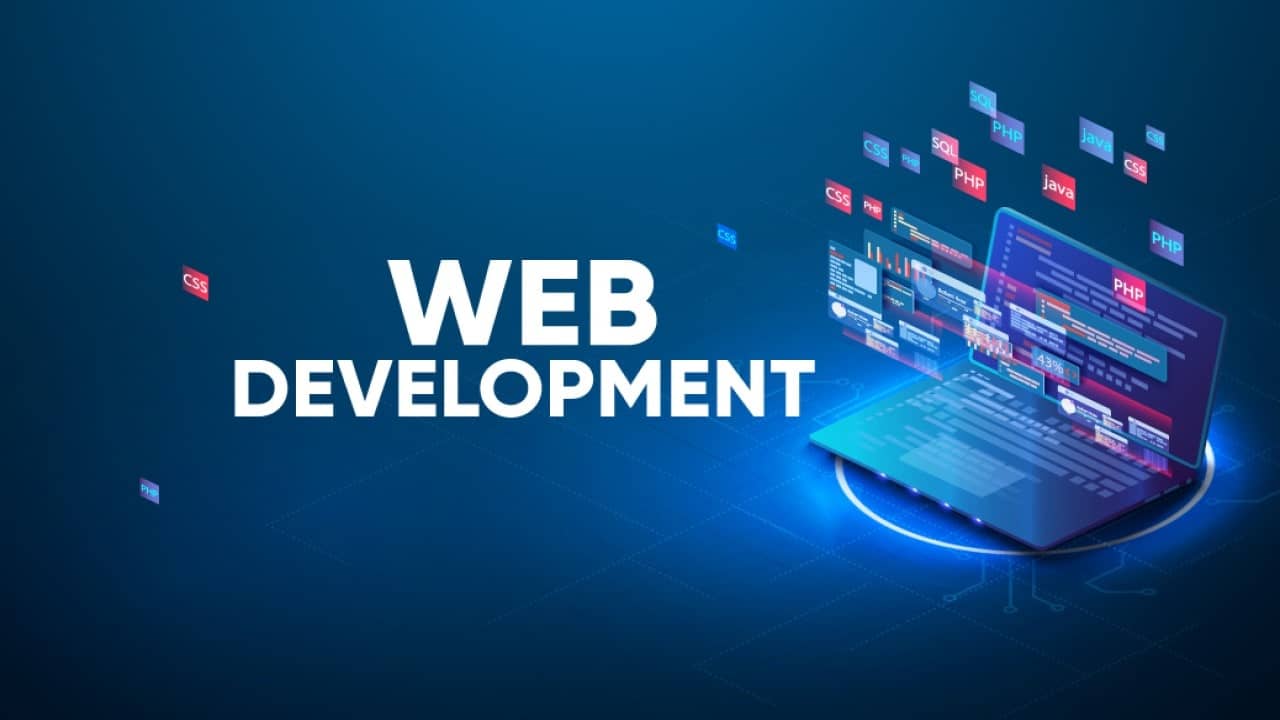The realm of web development is ever-evolving, with innovations emerging every year. For businesses and developers alike, staying abreast of these trends is pivotal to remain relevant. 2023 promises a wave of exciting changes, driven by data and expert forecasts. In this exploration, we delve into the anticipated web development trends for the year.
The Rise of Progressive Web Apps (PWAs)
PWAs, or Progressive Web Apps, are the next frontier in web application development. They offer the best of both worlds – web and mobile apps. With offline capabilities, push notifications, and an app-like experience, PWAs are becoming the preferred choice for many developers. Companies like Twitter and Starbucks have already embraced this technology, offering seamless user experiences irrespective of network connectivity.
WebAssembly’s Growing Influence
Imagine running code on the web at near-native speed. That’s the promise of WebAssembly. Beyond the realm of JavaScript, WebAssembly is enabling high-performance applications on the web. Games, computer-aided design, and even video editing are now achievable directly in browsers, marking a new dawn for web-based applications.
Serverless Architectures
Serverless computing is revolutionizing how applications are built and deployed. Rather than maintaining servers, developers can now focus solely on their code. Platforms like AWS Lambda and Azure Functions handle the backend, scaling automatically with usage. This not only reduces costs but also accelerates deployment times, making serverless a trend hard to ignore.
Single Page Applications (SPA) & Modern Frameworks
Gone are the days of multi-page reloads. SPAs deliver content dynamically, ensuring a smoother user experience. Frameworks like React, Vue, and Angular have paved the way, offering developers tools to create responsive and intuitive applications. As users demand quicker interactions, SPAs are set to dominate the web landscape.
Enhanced Mobile-Responsive Designs
Mobile browsing has long surpassed its desktop counterpart. This shift underscores the necessity for impeccable mobile-responsive designs. Tools and techniques are continually emerging to optimize web content for mobile devices, ensuring faster load times and intuitive interfaces. As smartphones become ubiquitous, prioritizing mobile design is no longer optional – it’s essential.
Motion UI & Micro-Interactions
Engaging users is at the heart of effective web design. Motion UI and subtle micro-interactions serve this purpose brilliantly. Be it a button animation or a dynamic background transition, these small design elements can significantly enhance user engagement. As attention spans wane, captivating users with interactive design elements will be paramount.
AI & Bots in Web Development
The integration of artificial intelligence in web platforms is becoming increasingly prevalent. Chatbots, powered by AI, are now a staple on many websites, offering instant customer support. These virtual assistants, driven by machine learning, can provide personalized user experiences, making website interactions more efficient and user-centric.
You can get early bird developmental services if you need services like AI-based web developments for you business.
Voice Search Optimization
“Hey Siri, find me a coffee shop nearby.” Voice commands like these are becoming commonplace. With the proliferation of smart devices, optimizing for voice search is crucial. Websites will need to adapt their content, ensuring it’s searchable via voice commands, heralding a shift in SEO strategies.
API-First Development
In a digitally interconnected world, API-first development is gaining traction. By prioritizing API creation, developers ensure seamless integrations across platforms. This approach not only streamlines development but also fosters a more cohesive digital ecosystem.
Augmented & Virtual Reality (AR & VR) on the Web
Augmented and virtual reality are no longer confined to gaming. Industries ranging from real estate to education are leveraging AR & VR for immersive web experiences. As hardware becomes more accessible, expect AR & VR integrations on websites to skyrocket.
Low-Code/No-Code Platforms
Empowering non-developers to create applications? That’s the magic of low-code/no-code platforms. These tools, with drag-and-drop functionalities, democratize web development, enabling businesses to craft applications without deep technical expertise.
Conclusion
The future of web development is rife with innovation. From AI-driven interfaces to immersive AR experiences, the trends for 2023 are shaping a vibrant digital landscape. For businesses and developers, adapting to these trends isn’t just beneficial—it’s imperative for continued digital success.



